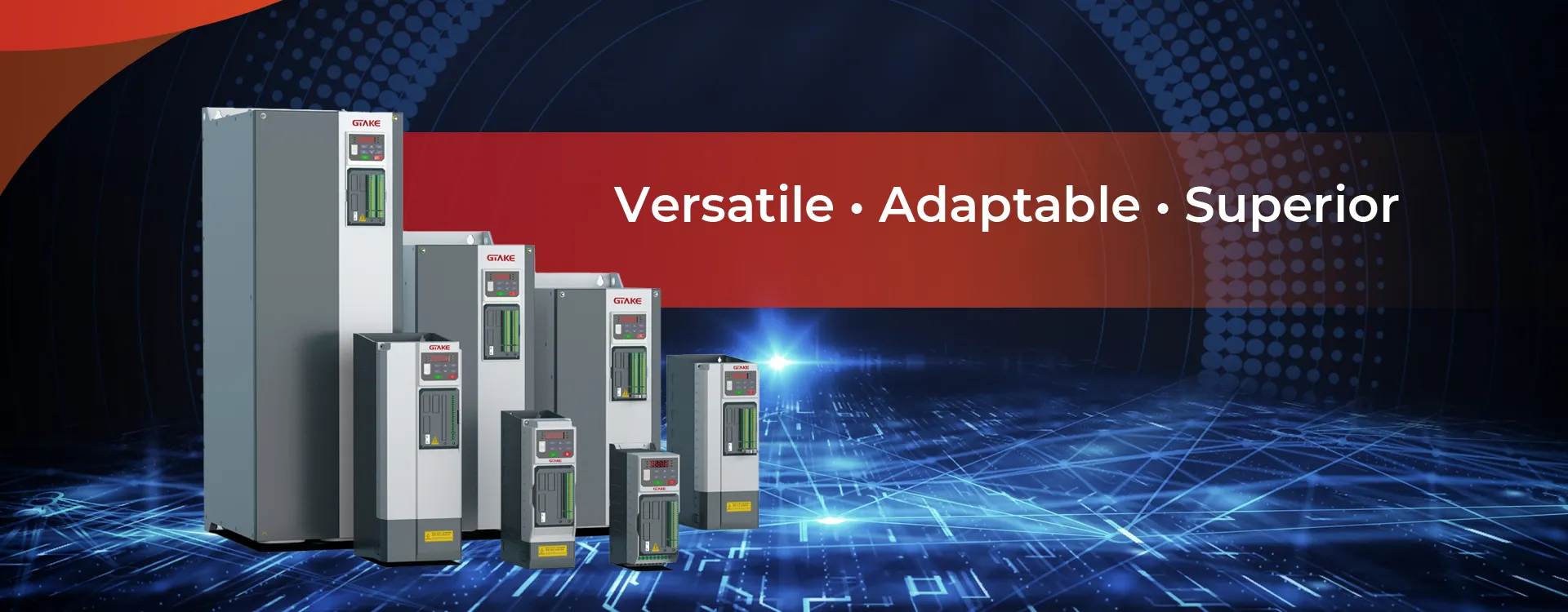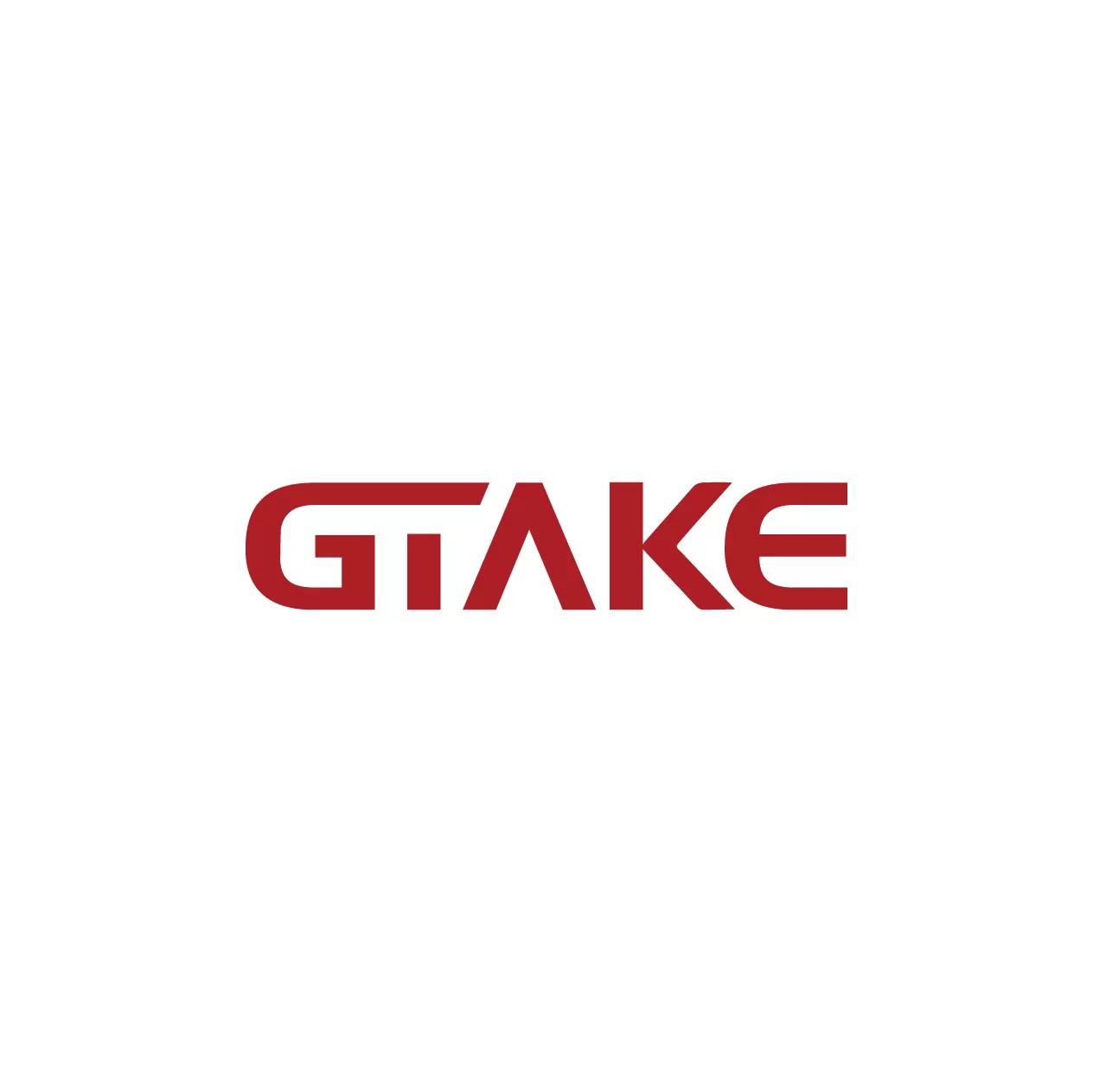Sensorless Vector Control VFD: A Comprehensive Overview
Sensorless Vector Control VFD (Variable Frequency Drive) is a cutting-edge motor control technology that allows for precise speed and torque control of an AC motor without the need for physical feedback devices, such as encoders or resolvers. This advanced control technique has become a popular choice in applications where high performance, energy efficiency, and cost-effectiveness are essential, yet the complexity and expense of using a full sensor-based system are not justified.
In this article, we’ll explore the fundamentals of Sensorless Vector Control (SVC), how it works, its advantages, and its applications in various industries.
What is Sensorless Vector Control (SVC)?
Sensorless Vector Control is a type of motor control that enables precise and dynamic control of an AC motor’s torque and speed. It is called “sensorless” because it does not require any physical sensors like encoders to monitor the motor’s position or speed. Instead, SVC uses mathematical models and algorithms to estimate the motor’s rotor position, speed, and flux, allowing for accurate control of the motor without additional sensor hardware.
This control technique is an advancement over traditional Volts/Hertz (V/F) control and is typically applied to induction motors (IMs), although it can also be used with synchronous motors.
How Does Sensorless Vector Control Work?
Sensorless Vector Control relies on estimating the motor’s rotor position and speed based on the stator voltage and current measurements. Here’s a breakdown of the process:
- Stator Voltage and Current Measurement:
The drive continuously measures the motor’s stator voltage and current, which are key parameters for determining the motor’s operating conditions.
- Mathematical Estimation:
Using advanced algorithms, such as a flux model, the drive estimates the rotor position and speed. This allows for the calculation of the motor’s real-time torque and speed without the need for physical position sensors.
- Torque Control:
The drive adjusts the motor’s speed and torque by controlling the voltage and frequency applied to the motor, keeping the motor’s flux and current within the optimal range. The ability to independently control torque and speed is what gives sensorless vector control its high precision.
- Speed and Torque Feedback:
Even though the system is sensorless, feedback from the motor is used to fine-tune the control parameters. The motor is controlled in a manner similar to Field Oriented Control (FOC), but without the added complexity and cost of physical sensors.
- Dynamic Adjustment:
The sensorless vector drive adjusts in real-time based on changes in load, motor speed, and other operating conditions, allowing for precise speed and torque control even under varying operational demands.
Key Benefits of Sensorless Vector Control VFD
- Cost Savings:
One of the biggest advantages of sensorless vector control is the elimination of expensive feedback sensors. In traditional vector control systems, the use of encoders or resolvers adds to both the initial cost and maintenance requirements. Sensorless vector control reduces these costs significantly while still offering many of the same performance benefits.
- Improved Motor Performance:
Sensorless vector control provides enhanced performance compared to standard V/F control. By independently controlling the motor’s speed and torque, SVC enables better precision, faster response, and smoother operation. This is particularly important in applications requiring dynamic control, such as pumps, fans, conveyors, and elevators.
- Energy Efficiency:
Like all variable frequency drives, sensorless vector control optimizes energy use by adjusting motor speed to meet load demands. However, with better torque control, the motor consumes energy more efficiently, reducing power consumption and improving overall system efficiency.
- Simplified Maintenance:
Since there are no physical sensors to wear out or fail, the system has fewer components to maintain, resulting in lower maintenance costs and longer operational life. This makes sensorless vector control an ideal solution for applications where reliability is critical, such as in water pumping, HVAC systems, and industrial automation.
- Smooth Start and Stop:
Sensorless vector control provides smooth acceleration and deceleration, reducing mechanical stress on the motor and connected equipment. This results in less wear and tear and extends the lifespan of the motor and drive system.
- Faster Response Times:
Sensorless vector control can respond more quickly to changes in load and speed demands compared to traditional control methods. This enables the motor to adjust rapidly to varying operating conditions, which is particularly important in high-precision applications like robotics and material handling.
Applications of Sensorless Vector Control VFD
Sensorless vector control is widely used in various industries where high performance, energy efficiency, and low maintenance are required. Some of the common applications include:
- Pumps and Fans:
SVC is commonly used in centrifugal pumps, fans, and blowers. By providing precise control of motor speed, SVC allows for energy-efficient operation in HVAC systems, water treatment plants, and industrial pumping stations.
- Conveyors and Material Handling Systems:
In material handling applications, sensorless vector control enables smooth operation with variable speed control, ensuring the efficient movement of materials while reducing energy consumption.
- Elevators and Escalators:
Sensorless vector control is ideal for controlling the motors in elevators and escalators. The ability to precisely control speed and torque ensures smooth, reliable, and efficient operation.
- HVAC Systems:
Heating, ventilation, and air conditioning (HVAC) systems benefit from sensorless vector control by optimizing motor performance in response to changing load conditions. This contributes to energy savings, reduced operating costs, and improved comfort.
- Textile and Paper Industries:
In industries like textiles and paper production, where speed and torque need to be carefully controlled, sensorless vector control drives allow for precise and efficient motor control, helping to improve production rates and quality.
- Industrial Automation:
Many industrial automation applications, such as robotics and CNC machines, benefit from the high-precision control offered by sensorless vector control. This allows for fast, reliable, and consistent operation in automated environments.
Conclusion
Sensorless Vector Control VFD offers a powerful and cost-effective solution for controlling AC motors in a wide variety of applications. By eliminating the need for physical position sensors, SVC reduces system complexity and maintenance costs, while providing precise and dynamic control of motor speed and torque. This makes it an ideal choice for industries such as manufacturing, HVAC, water treatment, and material handling.
With the ability to improve energy efficiency, reduce costs, and enhance performance, sensorless vector control is quickly becoming the preferred choice for many motor-driven systems. As industries continue to seek more cost-effective, energy-efficient, and reliable solutions, sensorless vector control will play an increasingly important role in the future of motor control technology.

